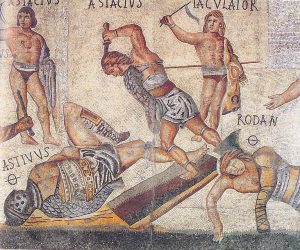
Roman gladiators mosaic, from the Borghese estate near Rome (200s AD)
Why were there gladiators?
Romans liked watching other people die. They thought that was fun, like maybe you think going to horror movies or watching Cops on TV is fun.
Roman chariot races
Roman amphitheaters
Other Roman games
All our ancient Rome articles
A religious experience
They also believed that their gods liked gladiatorial fights, so that going to the fights was a sort of religious experience as well as being fun. Gladiatorial fights probably started out as part of rich people’s funerals, back in the Bronze Age.
Roman religion
A day at the games
Many Roman people went to big amphitheaters (like our football stadiums today) to see professionals fight (like boxers today). You went early in the morning, and paid for your ticket, and sat in your seat. Sometimes all the seats were free, if a rich person had given money to pay for the show. Often politicians put on shows to get people to vote for them.
Rich and poor people
Republican government
History of money

Amphitheater of El Jem,in Tunisia (North Africa) (the second biggest in the Roman Empire , after the Colosseum in Rome)
Other times, you had to pay, and it cost more money for the good seats than for the bad seats, so the poor people had to sit way up top where it was hard to see.
Roman gladiators fought animals
First men in armor came out and fought against wild animals, like bears or bulls or alligators or ostriches or lions or tigers. Sometimes women fought, instead of the men. Hunters captured the animals in faraway places and brought them to the stadiums specially.
Animals of ancient Egypt

Another view of El Jem amphitheater
Then the Romans treated the animals badly to make them hungry and mean so they would fight. Usually the fighters killed the animals, but sometimes the animals killed the fighters. Everyone thought that was very exciting. You can still see this kind of fighting today in bullfights in Spain or France or Mexico.
At lunchtime they executed criminals
Around lunchtime there would be a break, and people would eat their lunches. Some people brought picnics with them: bread and cheese and vegetables mostly. Other people bought food from the vendors who were walking around the stadium selling wine and water and stuffed pastries (like spanikopita).

More Roman gladiators: women gladiators fighting, from Syria
While people were eating lunch, in their seats, there would be a half-time show that sometimes had singers or dancers or a little play, or sometimes had criminals being killed.
Music in ancient Rome
Sometimes the criminals were just brought out and had their heads cut off or were stabbed, but other times they were tied to posts and the bears came and attacked them, or they were dressed as Icarus and pushed off a high tower, or something creative like that. Because the gods loved to see justice done, they also liked to see criminals being killed.
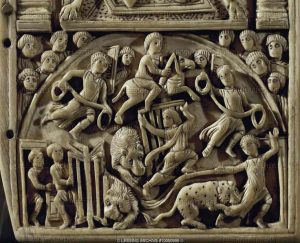
Roman gladiators fighting animals. Diptych of Flavius Anastasius, Roman Consul in 517 AD (Now in Paris)
Roman gladiators fought each other
After lunch sometimes there was another show, where men fought men, or once in a while women fought women.
Women in the Roman Empire
In big cities, these fights were to the death. In smaller towns, probably the gladiators usually just fought until someone was hurt, though sometimes they did get killed.
The lives of gladiators
When the show was over, the surviving gladiators walked back to their dorm to keep practicing and working out, getting ready for the next show. They ate a special diet – mostly vegetarian, bread and beans, with a lot of power drinks made out of vinegar and the ashes of burned plants.
Slavery in ancient Rome
East African history
Gladiators were often, though not always, enslaved – sometimes enslaved African men and women, brought from East Africa to fight in Rome.
Did you find out what you wanted to know about Roman gladiators? Let us know in the comments!
Learn by doing – Roman gladiators project
More about the East African slave trade
Roman chariot racing
Bibliography and further reading about Roman gladiators and their games:
Asterix the Gladiator, by Rene Goscinny. A comic book adventure, but historically accurate (except for our hero Asterix!).
Gladiator, by Richard Watkins (2000). Easy reading.
The Roman Colosseum, by Michael and Elizabeth Mann (1998). Easy reading.
Life, Death, and Entertainment in the Roman Empire, edited by David Potter and David Mattingly (1999). Good solid information, if you don’t mind it being mainly about people who lived in cities.
Blood in the Arena: The Spectacle of Roman Power, by Alison Futrell (1997).
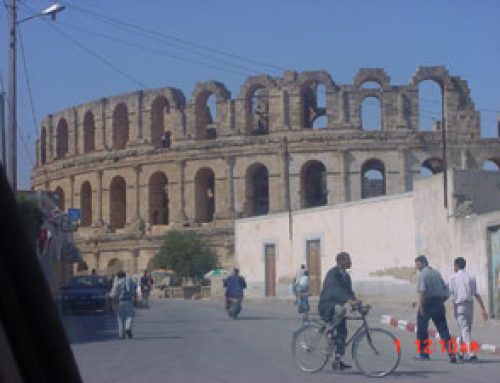
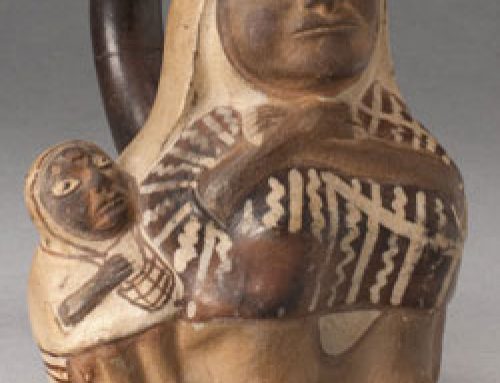
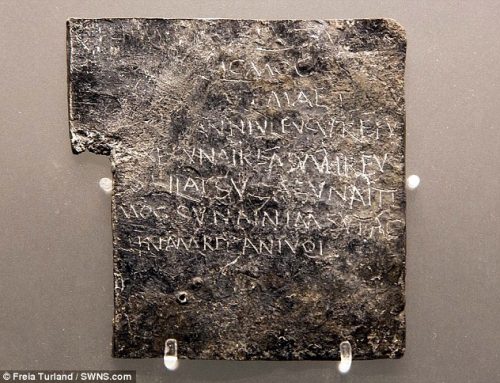
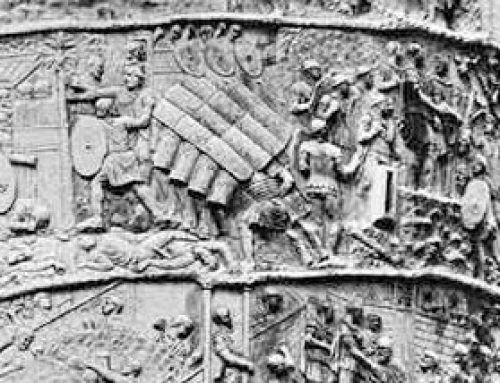
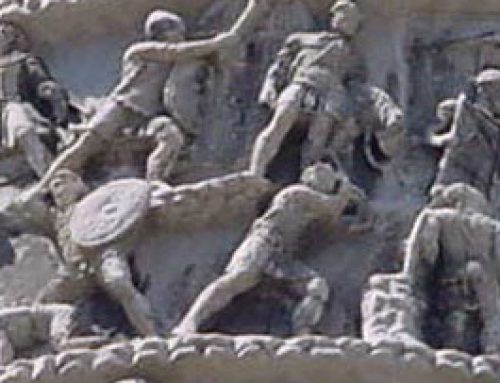
Thank you for helping me a lot.
Hi DJ! I’m glad we could help. Go ahead and ask if you have any more questions!
Thank you for helping me on my school work ☺️
Hi Jadyn! I’m glad we could help! Good luck with your project!
Hi
can ya please give info about the armor and what they used in combat????
Oh, there are so many other sites that are more interested than I am in killing and weapons! Try this one: http://www.primaryhomeworkhelp.co.uk/romans/gladiators.html
Interesting! I actually enjoyed reading this. Very good story telling,
Thanks! I’m glad you liked it, Patrick. If you have a teacher or a librarian who might be able to link to us from their page, we’d really appreciate that to help get the word out to other students!
this is bland
Bland? You wanted more gore? Sorry, I feel like that’s more the business of horror movies.
plus they can’t literally show blood in talking, but they can talk about it and also it’s a children’s site. Check: the section about executing prisoners at half-time.
they called us color call us by our proper name please
Sorry! I’ve changed it – is that better? I just wanted to make the point that enslaving African people has a long history.